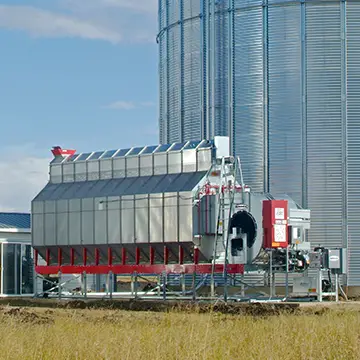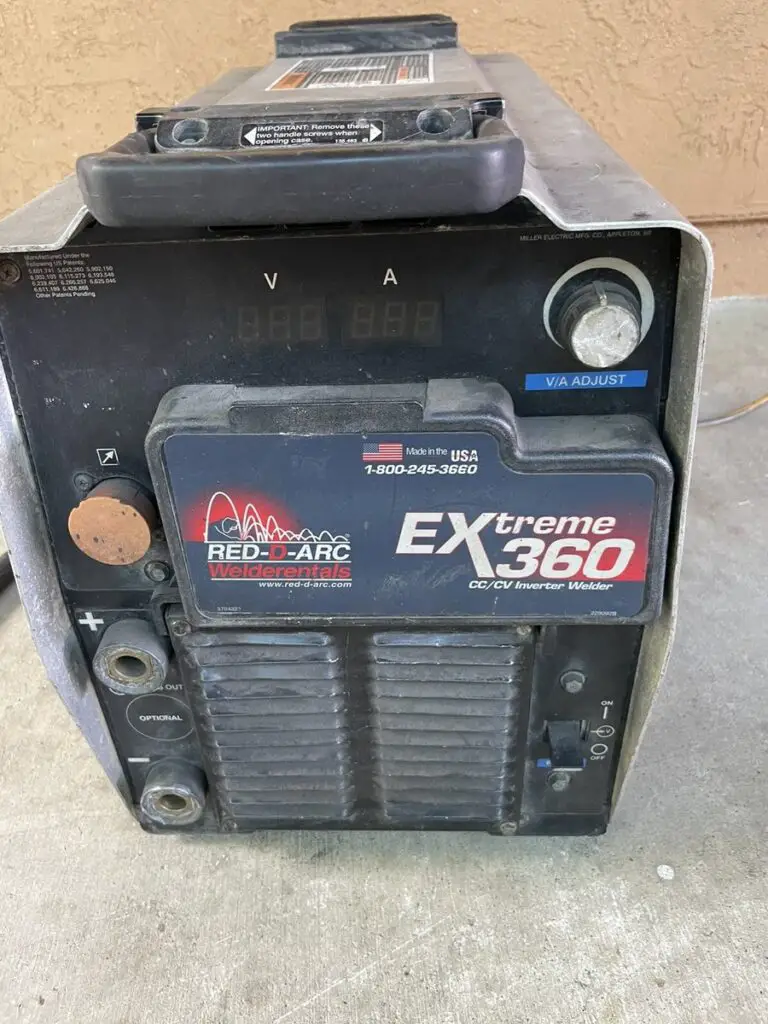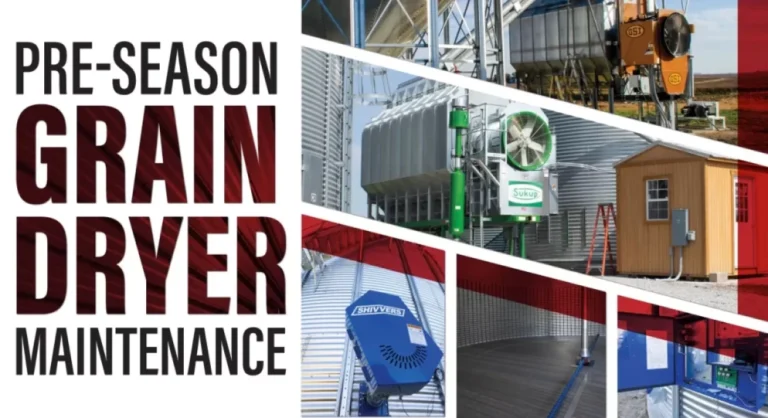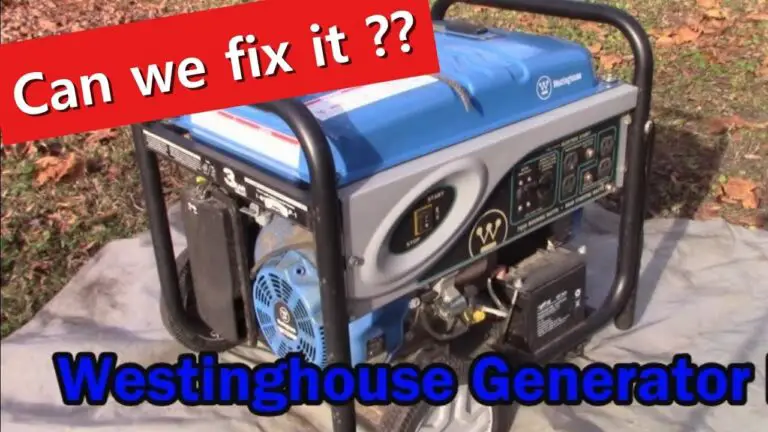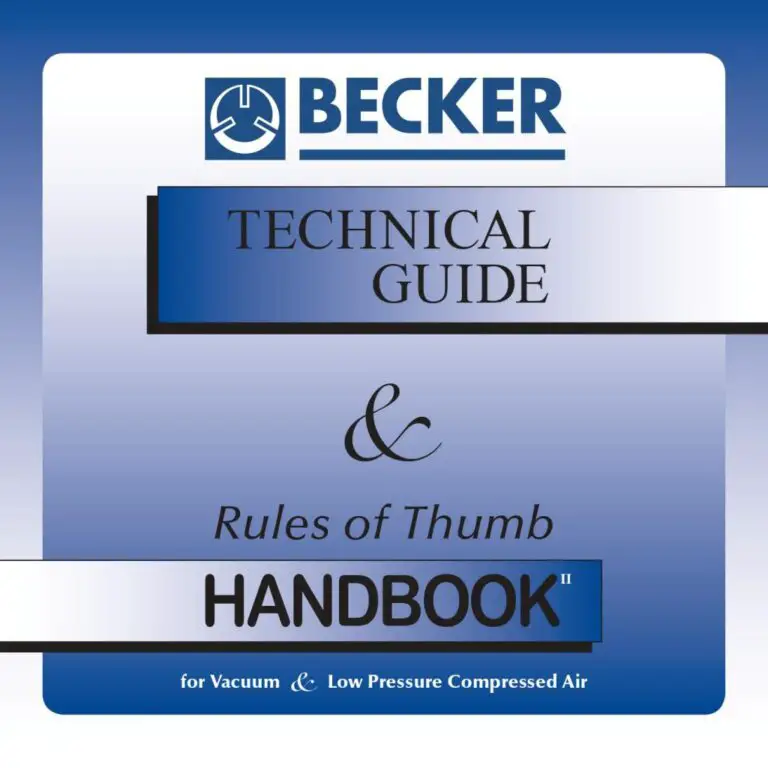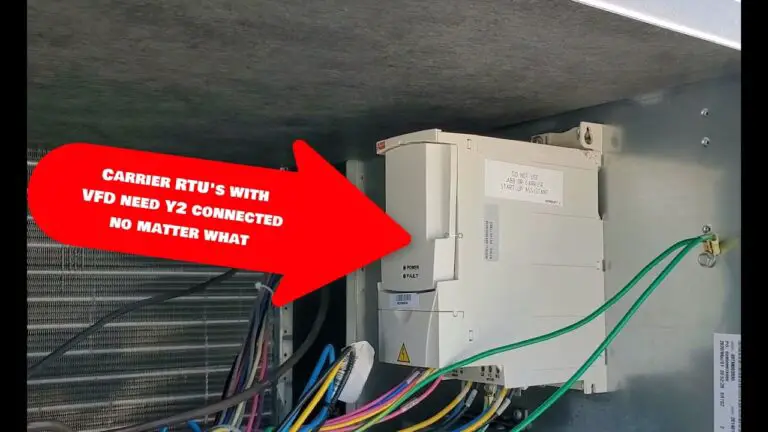Elevator Troubleshooting: Quick Fixes for Common Issues
Elevator Troubleshooting: Simple Solutions to Keep Things Moving When your elevator isn’t working properly, it can be a frustrating and even stressful experience. Whether it’s a sudden breakdown, strange noises, or doors that just won’t close, these issues can disrupt your day and leave you searching for answers.
The good news? Many elevator problems have straightforward fixes, and understanding them can save you time, money, and headaches. In this guide, we’ll walk you through common elevator issues and how to troubleshoot them effectively. You’ll learn what to check, when to call for help, and how to prevent problems from happening in the first place.
If you want to keep your elevator running smoothly and avoid unnecessary downtime, keep reading—you won’t want to miss these practical tips!

Credit: elevatorbooks.com
Common Elevator Problems
Elevators are a vital part of modern buildings. They simplify movement between floors. But, like any machine, they can face issues. Identifying common elevator problems can save time and prevent bigger failures.
Understanding these issues helps building managers and technicians act quickly. Below are some frequent elevator problems and their causes.
1. Elevator Stopping Between FloorsOne of the most reported issues is elevators halting unexpectedly. This often happens due to sensor misalignment or power interruptions. Dust or debris on sensors can also interfere with performance.
2. Unusual Noises During OperationGrinding or squeaking sounds can signal mechanical wear. Worn-out cables or issues with the motor are common culprits. Addressing these early prevents further damage.
3. Doors Failing to Open or CloseDoors stuck in motion is another common complaint. This can result from sensor issues, dirt accumulation, or faulty door mechanisms. Regular cleaning and maintenance reduce such occurrences.
4. Slow Movement or Delayed ResponseElevators moving slower than usual can frustrate users. This could stem from outdated control systems or hydraulic fluid issues. Lack of routine maintenance is often a contributing factor.
5. Frequent Power FailuresPower failures can cause elevators to stop or reset. This is usually linked to electrical faults or overloaded circuits. Inspecting the electrical system ensures smoother operation.

Credit: www.youtube.com
Slow Or Jerky Movement
Elevators are essential for modern buildings, offering ease of movement. But slow or jerky movement can disrupt daily operations. This issue often points to mechanical or electrical problems. Addressing it promptly ensures passenger safety and smooth functionality.
Causes Of Slow Operation
Slow elevator movement can result from worn-out mechanical parts. Aging cables or pulleys may lose efficiency over time. Incorrect lubrication can increase friction in moving components. Faulty sensors may cause delays in operation. Electrical problems, such as voltage drops, can reduce motor speed.
Fixing Motor And Drive Issues
Inspect the motor for signs of wear or overheating. Test voltage levels to ensure consistent power supply. Check the drive system for misalignment or damaged gears. Replace worn-out parts to restore smooth operation. Clean and lubricate all moving components for better efficiency.
Door Malfunctions
Elevator door malfunctions can be one of the most frustrating issues for both users and building managers. Whether the doors won’t close, keep reopening, or refuse to budge, these problems can bring elevator operations to a halt. Understanding the root cause of door malfunctions can save time and help you address the issue quickly and efficiently.
Stuck Or Jammed Doors
Stuck or jammed elevator doors are a common headache. This usually happens because something is physically blocking the door track, like dirt, debris, or even a small object that slipped in unnoticed. Check the tracks for any obstructions and clean them thoroughly to ensure smooth movement.
Another reason could be worn-out door rollers or misaligned tracks. If the rollers are damaged or the tracks are bent, the doors won’t glide properly. Regular maintenance can help catch these issues early before they cause a full-blown jam.
Ask yourself: When was the last time the tracks were inspected? A quick inspection could prevent hours of downtime.
Sensor Alignment Problems
Have you ever noticed elevator doors that keep reopening even though no one is there? This is often a sensor alignment issue. Elevator sensors are designed to detect objects or people in the doorway, but if they’re misaligned or dirty, they can malfunction.
Clean the sensors gently with a soft cloth to remove dust or grime. If the problem persists, the sensors may need recalibration or replacement. Sensor alignment is critical for safe operation, so don’t ignore repeated false signals.
Think about this: Could a slight sensor adjustment solve the problem instead of replacing the whole system? Start small and troubleshoot step by step.
Addressing door malfunctions promptly not only improves elevator performance but also ensures passenger safety. Keep the tracks clean, inspect the rollers, and double-check the sensors to keep your elevator running smoothly.

Credit: www.pesquality.com
Unusual Noises
Unusual noises in an elevator can be more than just annoying—they might signal underlying issues that need your attention. Whether it’s a squeak, a rattle, or a loud clunk, these sounds can disrupt the user experience and hint at potential problems in the system. Tackling these noises early can save you time, money, and unnecessary headaches.
Identifying Source Of Noise
Before you dive into fixes, pinpoint where the noise is coming from. Is it the doors, the motor, or the cables? Each part of the elevator system can produce distinct sounds, so listen carefully.
Try this: Ride the elevator and observe when the noise occurs. Does it happen during movement, at stops, or when the doors open and close? This simple test can help narrow down the issue.
Don’t forget to check the machine room, too. A buzzing motor or grinding gears there might indicate wear and tear. Catching this early can prevent bigger breakdowns.
Lubrication And Maintenance Tips
Lubrication is often the easiest fix for noisy elevators. Dry or poorly lubricated components, like guide rails or bearings, can create squeaking or grinding sounds.
- Use the recommended lubricant for your elevator type. Don’t guess—check the manual.
- Apply lubricant sparingly. Over-lubrication can attract dirt and make things worse.
- Focus on moving parts like door tracks, guide rails, and pulleys.
Plan regular maintenance checks to keep things running smoothly. A monthly inspection can catch early signs of wear, preventing future noise issues. Make it a habit and save yourself the hassle.
Have you ever ignored a small noise, only to face a bigger repair later? Don’t let that happen to your elevator system. Stay proactive and attentive—your passengers (and budget) will thank you.
Elevator Not Leveling Properly
Have you ever stepped into an elevator and felt that unsettling jolt when the floor isn’t level with the landing? This issue can cause frustration, discomfort, and even safety risks. If your elevator isn’t leveling properly, understanding the root causes and making accurate adjustments can save you from bigger problems down the road.
Causes Of Uneven Leveling
Uneven leveling often happens due to worn-out components or calibration issues. The floor sensors might be dirty or misaligned, causing the elevator to stop inaccurately. Mechanical wear and tear on brakes and cables can also affect how smoothly the elevator stops.
Another common culprit is fluctuating voltage in the elevator’s motor control system. When the power supply isn’t consistent, it can lead to irregular stopping points. Finally, software glitches in the elevator’s control panel can confuse the system and result in uneven leveling.
If you’ve noticed uneven leveling, ask yourself: How long has this been happening? Small issues can worsen over time, so it’s essential to address them early.
Adjustments To Floor Sensors
Floor sensors play a critical role in ensuring your elevator stops precisely at the correct level. If sensors are dirty, clean them carefully using a soft cloth and non-abrasive cleaner. Dust and grime can interfere with readings.
Misaligned sensors can also cause uneven leveling. Check if the sensors are properly aligned with the floor markers. If they’re off, adjust them using basic tools like a screwdriver or wrench. Make sure they’re parallel and positioned accurately.
Sometimes, recalibrating the sensors through the elevator’s control panel can fix the issue. Follow your elevator’s manual for specific instructions, or call a technician if you’re unsure. Have you checked your floor sensors recently?
Power And Electrical Failures
Power and electrical failures are common causes of elevator issues. These problems can stop an elevator from operating or cause intermittent malfunctions. Understanding how to troubleshoot these issues can save time and reduce unnecessary service calls. Below are key areas to focus on during the troubleshooting process.
Checking Circuit Breakers
Circuit breakers are the first place to inspect during power failures. A tripped breaker can cut power to the elevator system. Locate the electrical panel that controls the elevator. Check if the breaker for the elevator is in the “off” position. If it is, reset it by flipping it back to “on.” Ensure the breaker remains stable after resetting. Frequent trips could indicate an underlying issue like an overload or short circuit.
Inspecting Control Panels
The control panel is the brain of the elevator system. Open the panel and inspect for any loose wires or burnt components. Look for warning lights or error codes displayed inside the panel. These indicators can help identify the root cause of the failure. Ensure all connections are secure and free from corrosion. If the control panel smells burnt, there could be a serious electrical fault. Contact a professional technician for further inspection.
Emergency Situations
Elevators are designed to operate smoothly, but emergencies can happen. Power outages, mechanical failures, or sudden malfunctions can leave passengers stranded. Knowing how to handle these situations safely can make all the difference.
Handling Passengers Safely
When passengers are stuck in an elevator, their safety is your priority. Stay calm and reassure them that help is on the way. Use the intercom or emergency phone to communicate with them clearly and calmly.
If passengers appear panicked, guide them to breathe slowly and stay seated if possible. Avoid forcing the doors open or attempting risky maneuvers that might worsen the situation. It’s better to wait for professional assistance than to risk injury.
Have you ever wondered how you would react if you were stuck in an elevator? It’s essential to familiarize yourself with the safety protocols beforehand. This knowledge could save lives in a real emergency.
Using Manual Overrides
Manual overrides are a key feature in handling elevator emergencies. These systems allow trained personnel to move the elevator manually or open the doors safely. They are especially useful in situations where the elevator is stuck between floors.
Always ensure you are trained to use manual overrides correctly. Misusing these controls can lead to further damage or even injury. If you’re not sure how to operate them, contact a certified technician immediately.
Consider this: Have you checked whether your building’s elevator has clear instructions for manual override usage? If not, it might be time to request a demonstration from your building management team.
Emergency situations in elevators can be intimidating, but preparation and clear protocols make them manageable. Whether you’re helping passengers or using manual overrides, every action counts in ensuring safety.
Preventative Maintenance Tips
Elevators are essential for convenience and accessibility, but they can quickly become a headache if they break down. Preventative maintenance is the key to avoiding costly repairs and ensuring smooth operation. A small investment in regular care can save you from bigger problems down the line.
Regular Inspection Checklist
Think of inspections as your elevator’s health check-up. Regularly check for unusual noises, jerky movements, or lights that flicker in the control panel. These small signs often point to bigger issues brewing underneath.
Pay attention to the doors. Are they opening and closing smoothly? If they stick, it may indicate wear and tear in the mechanics. Check the floor leveling too—passengers should feel confident stepping in and out without tripping.
Keep the inside clean. Dust and debris in the tracks or buttons can interfere with functionality. A quick wipe down can extend the life of your elevator’s interior components.
Importance Of Professional Servicing
While DIY checks are great, some issues require a trained eye. A professional technician can identify problems you might miss, like worn cables or failing motor parts. They have the tools and knowledge to troubleshoot effectively.
Regular servicing also ensures compliance with safety regulations. Elevators that don’t meet codes can lead to fines or even shutdowns. Professional servicing keeps you on the right side of legal requirements.
Think about this: would you trust an untrained person to fix your car’s brakes? Elevators carry lives every day, so their servicing is just as critical. Schedule annual or semi-annual visits to keep your elevator running safely and efficiently.
Conclusion
Solving elevator issues requires patience, attention, and the right knowledge. Regular maintenance prevents most problems and ensures safe operation. Always address small issues early to avoid costly repairs later. Safety should remain the top priority during any troubleshooting process. If problems persist, contact a certified technician for expert help.
Proper care keeps your elevator running smoothly for years. Stay proactive, and you’ll save time, money, and stress in the long run.

